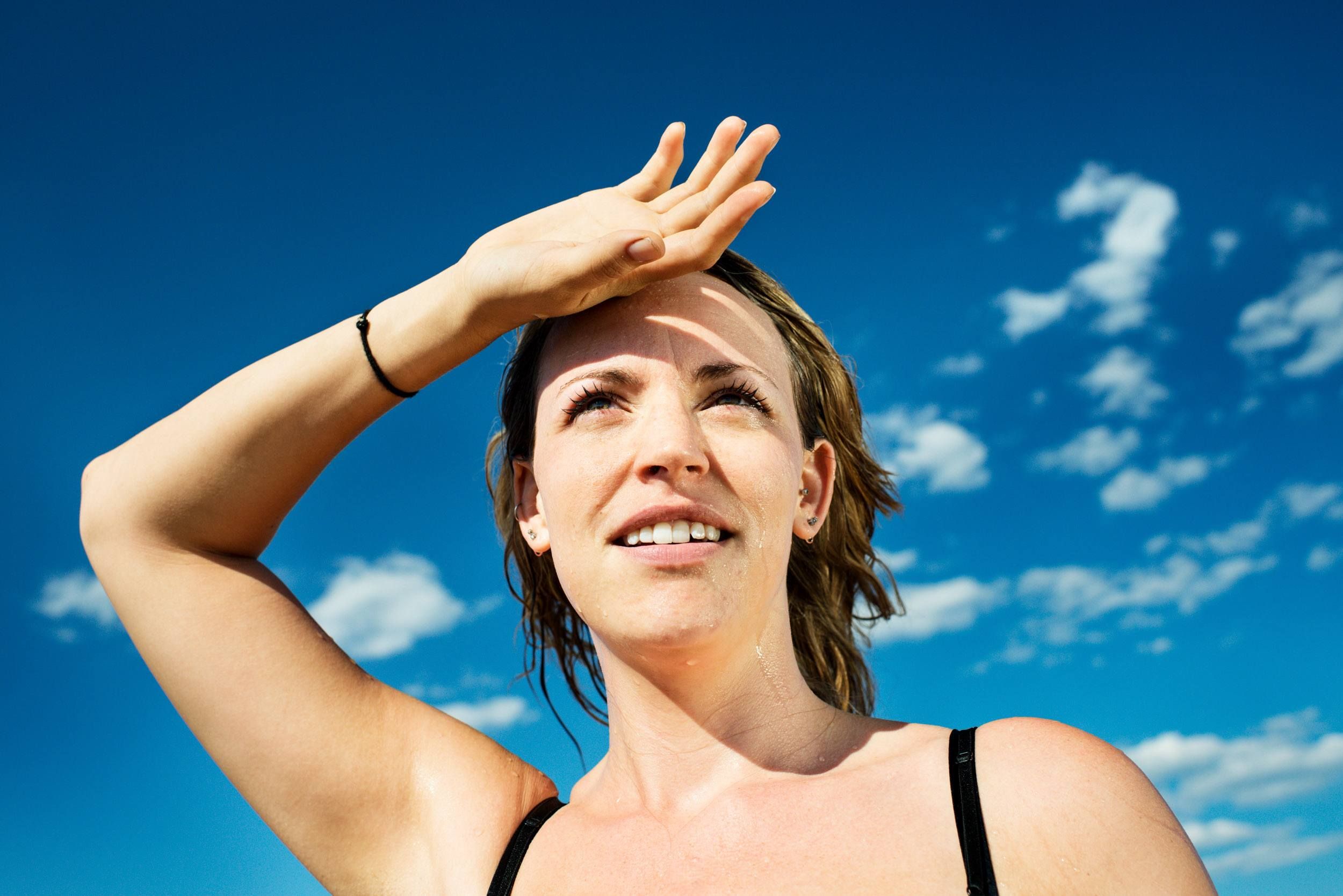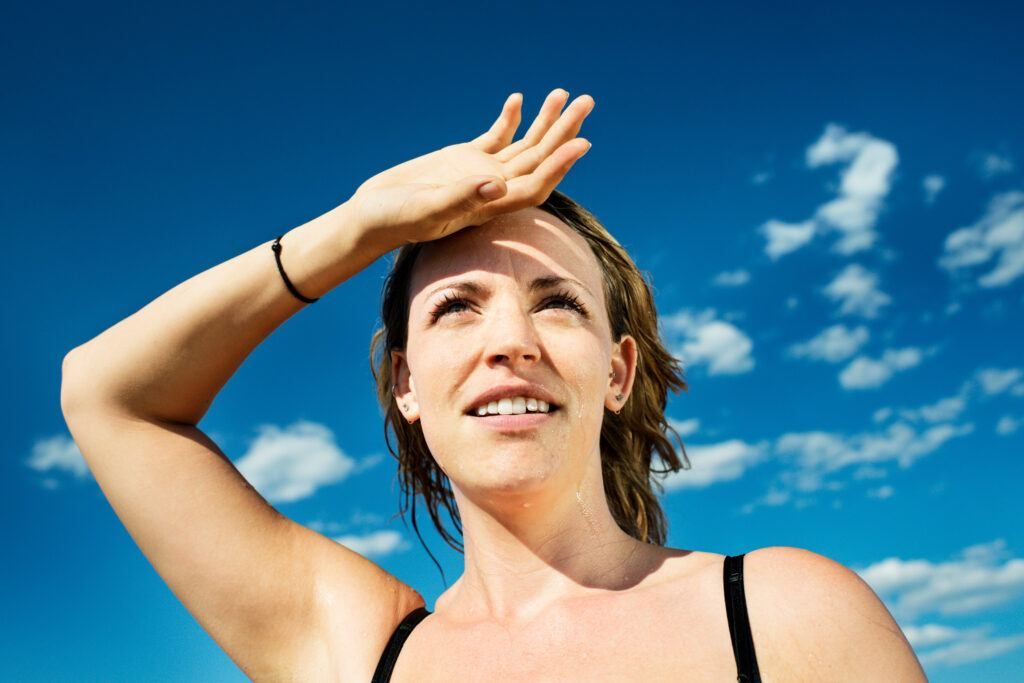Hot, humid weather can be a real challenge for photographers and their camera gear. You have to be more mindful of how you use and store your gear. Long-term problems and damage can result if you aren’t careful enough.
In this guide, you’ll find two categories of tips for how to manage working with camera equipment in hot and humid climates. First, we’ll take a look at things you can do when you are out and about with your camera. Second, we’ll consider options for the care and storage of your precious equipment when you are not using it.

Photograph by Kevin Landwer-Johan
Recommended Reading: Want a simple way to learn and master photography on the go? Grab our set of 44 printable Snap Cards for reference when you’re out shooting. They cover camera settings, camera techniques, and so much more. Check it out here.
Tips for Using Camera Gear in Hot, Humid Weather
When using your camera gear in hot, humid weather, you will experience a few problems that don’t occur in more mild climates. Here are my best tips for avoiding these problems or dealing with them when they do happen.
Tip #1: Use a Good Protective Bag
A nice-looking, comfortable camera bag is important. But a bag that protects your gear from the elements is also important.
Having some insulation against heat will help keep your camera gear cooler. Padding is not only to keep your cameras and lenses from knocking together while in the bag, but it also helps guard them against the sun.

Photograph by Kevin Landwer-Johan
Key Lesson: A bag with good zips and a flap helps protect against dust which can be a huge problem in hot climates.
Tip #2: Place Your Bag in the Shade
When you put your camera bag down, put it down in a shady place. Leaving it in the sun, even if it’s a well-insulated bag, will only make your gear hot.
The lubricants in lenses and cameras can vaporize when they get hot. As these lubricants cool, they can gather on the glass elements of lenses or in other places they are not supposed to be.
Tip #3: Don’t Leave Your Camera Gear in the Car
In hot, humid climates, cars are like ovens. Leaving your camera gear in the car, even if it’s in the shade, will make it hotter than it should be. I know it can be a drag to take your camera bag with you when you’re not intending to take photos, but resist that temptation to leave it in the car.
Tip #4: Avoid Radical Temperature Changes
Taking your camera gear from an air-conditioned room or vehicle outside in hot, humid climates will cause you problems. As you lift your camera to take a photo, you will not be able to see through your lens. Condensation forms quickly when you leave a cold, air-conditioned place and go into a much warmer and wetter environment.
Key Lesson: Try to transition slowly. Leave your gear in its bag for a while before you use it. This gentler change will help reduce the risk of condensation.
Tip #5: Protect Your Gear From Dust
Hot climates can mean very dusty locations. Fine dust and camera gear don’t mix well. Keeping your bag closed and your camera covered will help protect your gear from dust.
Be particularly careful if it’s windy or when you are near traffic. Dust being stirred and thrown into the atmosphere is a real danger to camera equipment.

Photograph by Kevin Landwer-Johan
Key Lesson: Avoid changing your lens in dusty situations. Whenever your camera does not have a lens or a body cap on it, the sensor is open to the outside. A dusty environment means you’ll likely end up with dust on your sensor.
Tip #6: Keep Your Gear Dry
In some hot and humid climates, the weather can be pretty predictable. At least, when it’s likely to rain can be easy to guess in monsoon season. Being prepared for wet weather is good practice and it doesn’t take much effort.
Many camera bags come with rain covers. These are ideal because they allow you to protect your gear from an unexpected shower.
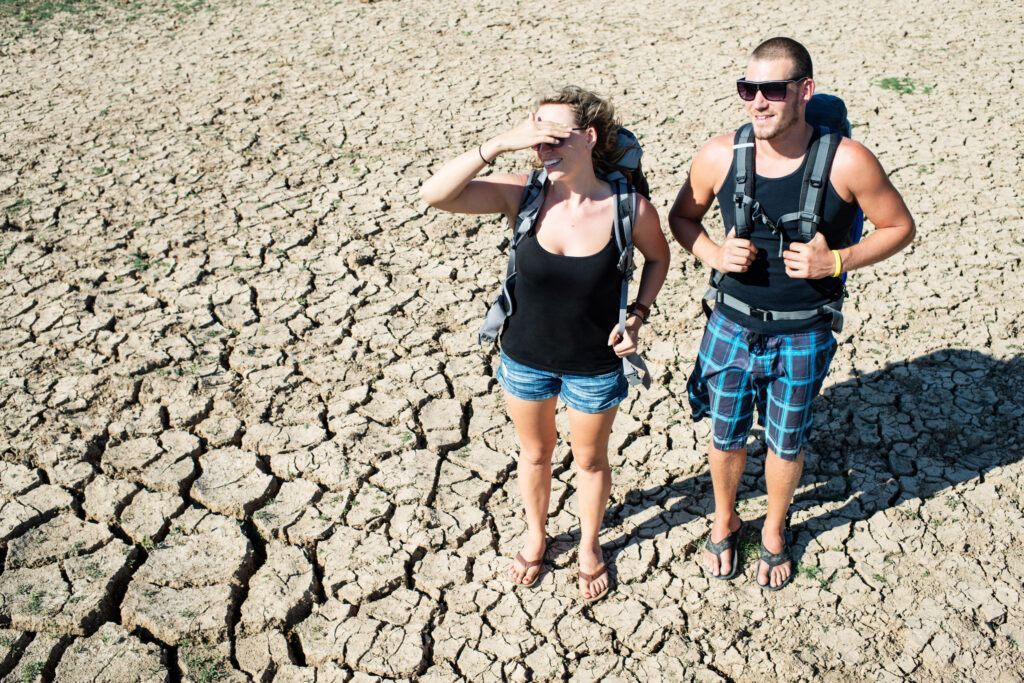
Photograph by Kevin Landwer-Johan
Key Lesson: I also keep a large plastic trash sack folded up and in the same cavity that the rain cover stows in. This is in case I get caught out in some very nasty weather. It’s hasn’t happened yet! I have used the trash sack at times when I want to put my bag on the wet ground because it keeps the bottom of the bag from becoming damp.
Tip #7: Carry a Small Hand Towel
Having a small towel to wipe your hands on when they are sweaty will help protect your camera gear. Your sweat is salty and will leave deposits on your camera and lenses. Wipe your hands from time to time in hot weather.
You can also use a towel to wipe down your gear if it becomes wet or dusty.
Recommended Reading: Want a simple way to learn and master photography on the go? Grab our set of 44 printable Snap Cards for reference when you’re out shooting. They cover camera settings, camera techniques, and so much more. Check it out here.
Tip #8: Be Careful With Chemicals
In hot climates, especially when traveling, people tend to put chemicals on their skin. Bug spray and sunscreen can be nasty to camera gear. Never carry these items in your camera bag. Always pack them separately.
Using spray-on insect repellent and sunblock is best. This way you can avoid getting it on your hands. These chemicals leave a greasy residue on your hands which gets transferred to your camera as soon as you pick it up.
Bug spray and sunscreen can be nasty to camera gear. Never carry these items in your camera bag. Always pack them separately.
Insect repellent can be particularly harmful to camera gear and plastic products. Any repellent with a high DEET content can melt some plastics and rubbery products, like the grips on your camera and lenses.
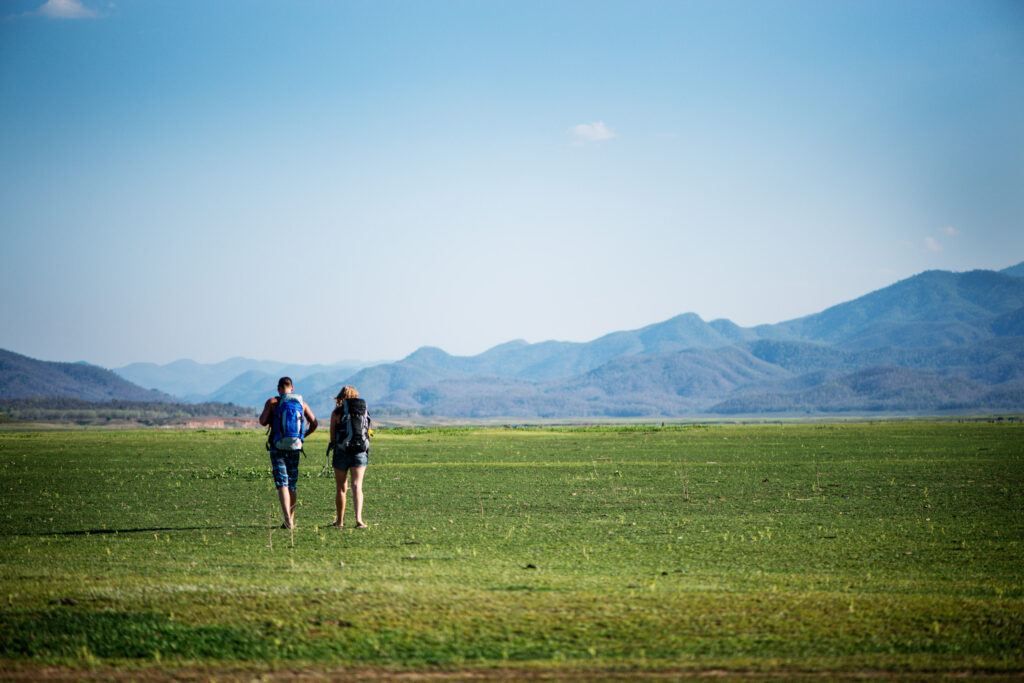
Photograph by Kevin Landwer-Johan
Make sure to wash your hands well after getting any insect repellent or sunscreen on them.
Tips for Storing Camera Gear in Hot, Humid Weather
Whether you live in a hot, humid climate or are traveling in one, it pays to store your camera gear carefully. Humidity can cause damage to equipment if it’s not stored and cared for well. Here are some tips for how best to look after your camera gear when you are not using it.
Tip #1: Wipe Your Camera Gear After Use
Creating a habit of wiping down your camera and lenses, and even your bag, after use will help it stay in good condition. Moisture and dust can build up over time unless you remove them.
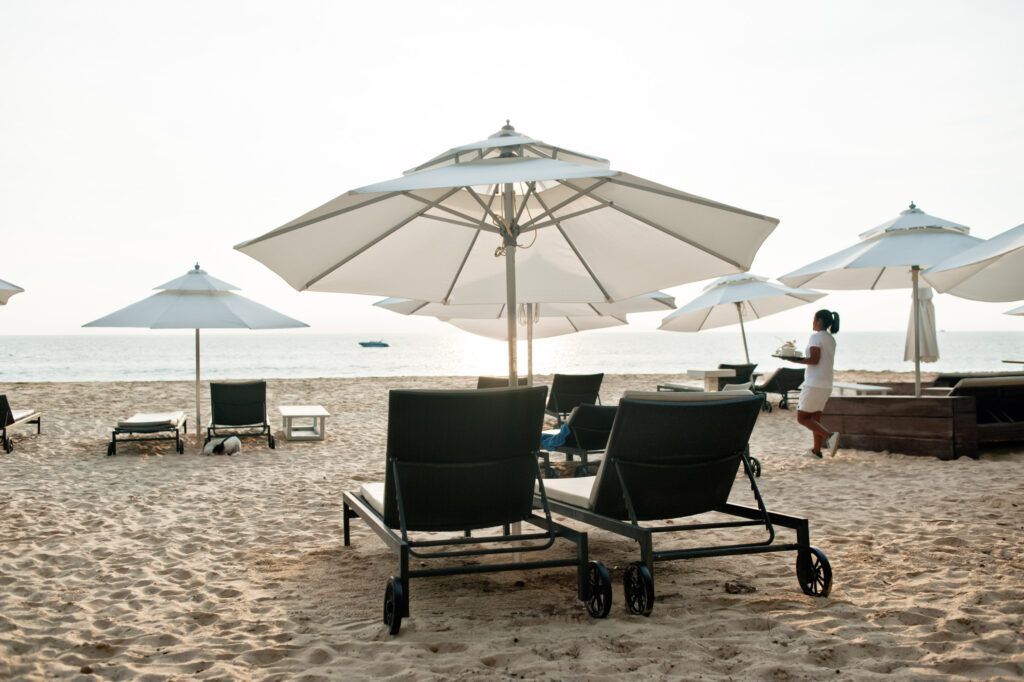
Photograph by Kevin Landwer-Johan
Key Lesson: Use a microfiber cloth to wipe your camera and lenses with. Cotton cloths or paper towels will leave lint on your gear.
Tip #2: Use an Airtight Box for Storage
Large plastic containers with sealable lids are great. These are often sold as air-tight food storage boxes and are ideal for camera equipment.
I use old camera bag dividers to keep the lenses and camera bodies from coming into contact with each other. You could also use old towels or clothes. Even pieces of the thick cards will do the job too, as you’re not likely to move the storage box around much.
Key Lesson: Buy some silica gel. You need more than the tiny packs that come when you buy a camera or lens. It’s available in stores and online. Add about a cup to each box. Putting it in an old sock and tying the end will help absorb any moisture in the box. I prefer the type you can re-use. It can be microwaved to dry and reactivate.
Tip #3: Make Use of Air-Conditioning
Whenever possible, store your camera equipment in an air-conditioned room. Air conditioning not only keeps the temperature down but also dries the air. Your camera and lenses will love the reduced humidity.
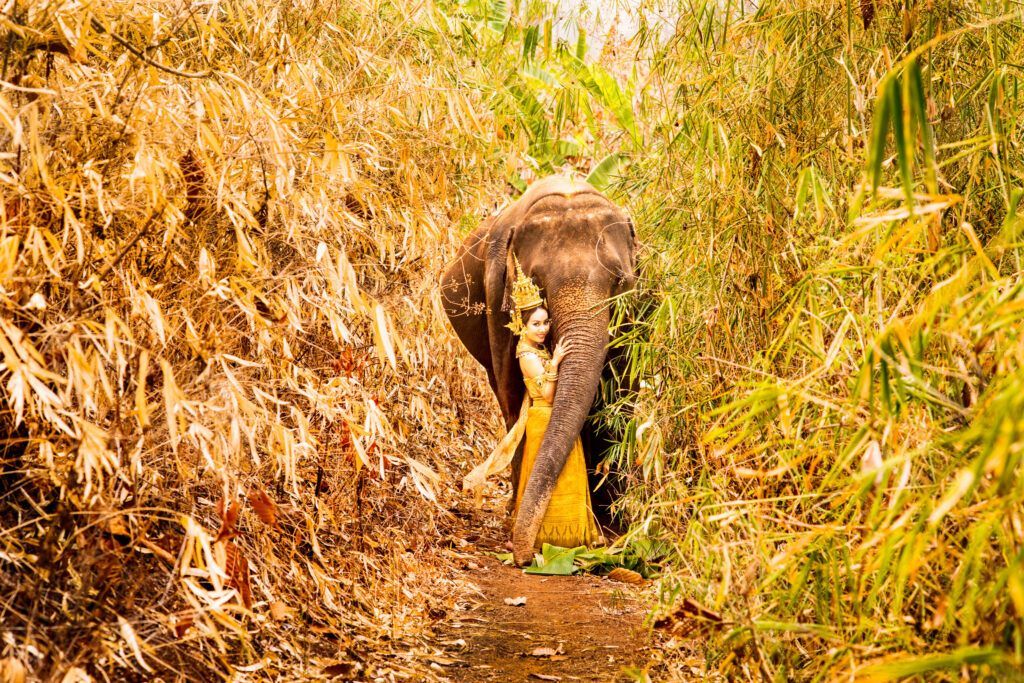
Photograph by Kevin Landwer-Johan
Tip #4: Run a Dehumidifier
A dehumidifier will not reduce the temperature in a room, but it will make a huge difference in the humidity. This appliance draws moisture from the air. You may be surprised how much water a dehumidifier collects in its container after running just a few hours per day. You’ll be grateful this water is being kept away from your gear.
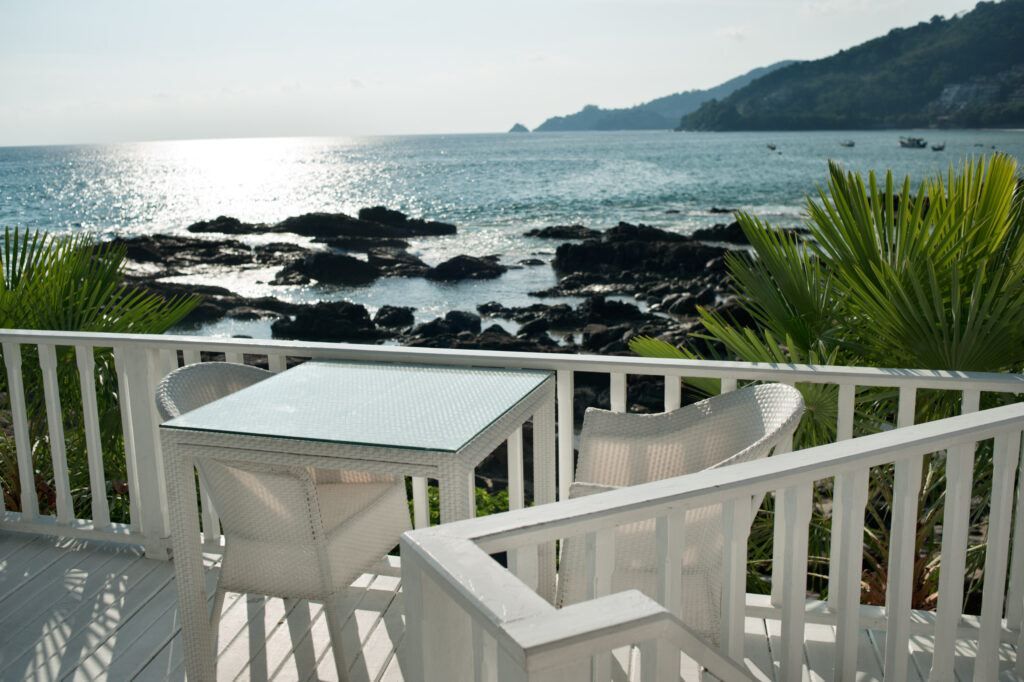
Photograph by Kevin Landwer-Johan
Tip #5: Use a Climate-Controlled Dry Cabinet
This is probably the most expensive option for storing camera equipment in hot, humid weather. It’s also possibly the best. This type of cabinet comes in various sizes. They are digitally controlled to manage the temperature and humidity inside the cabinet. Storing your gear in one of these will ensure that it’s always at a constant level of comfort.
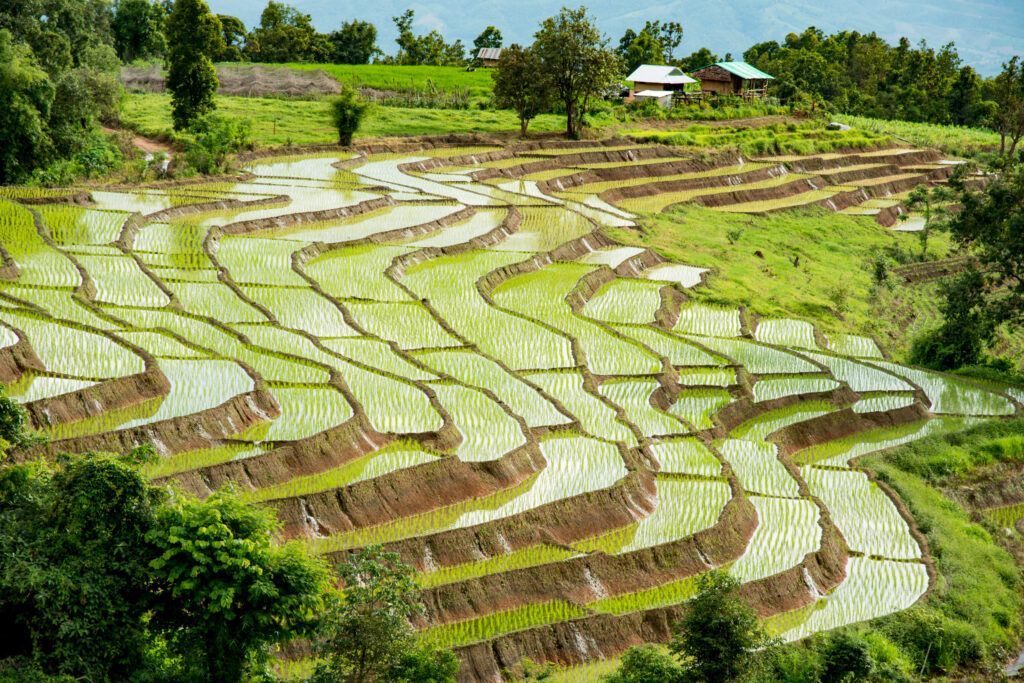
Photograph by Kevin Landwer-Johan
Recommended Reading: Want a simple way to learn and master photography on the go? Grab our set of 44 printable Snap Cards for reference when you’re out shooting. They cover camera settings, camera techniques, and so much more. Check it out here.
Conclusion
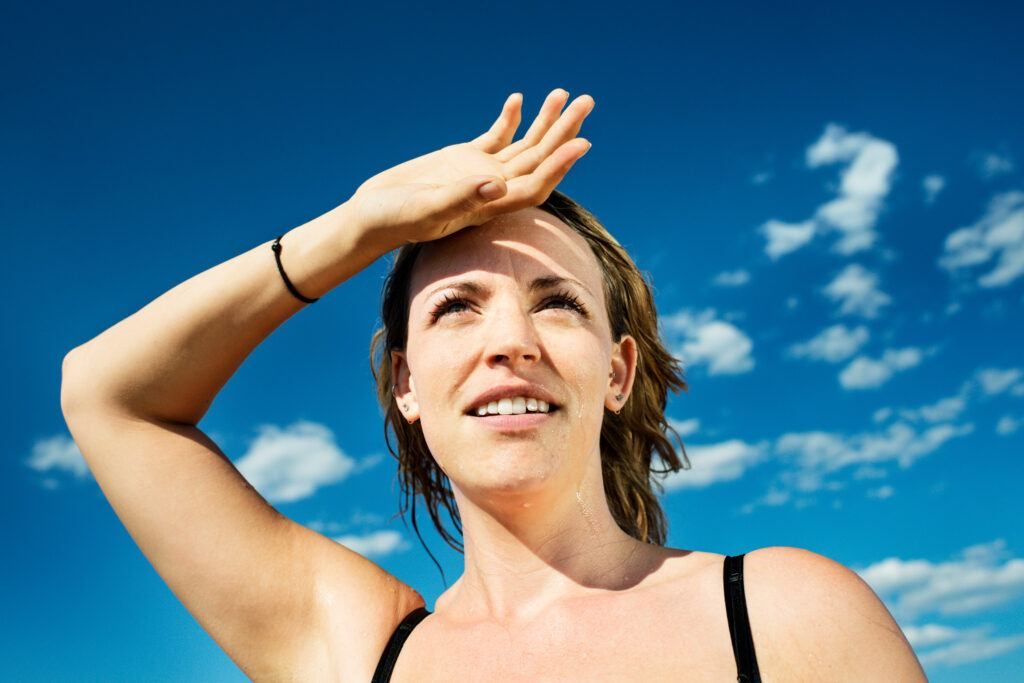
Photograph by Kevin Landwer-Johan
Moisture and dust are a lot more common in hot, humid weather. These two things can be mildly irritating or can cause major damage to camera equipment if left unchecked.
By being mindful and careful when using your camera in humid and dusty conditions, you can avoid negative consequences. Carry it in a good camera bag and keep the bag closed whenever you can. Wipe your hands when they become sweaty. Wipe down your camera gear too, especially when you’re in dusty conditions.
By being mindful and careful when using your camera in humid and dusty conditions, you can avoid negative consequences.
Storing your camera and lenses carefully helps to keep them free from the fungus that can grow quickly in humid climates. Once the fungus has taken hold of a lens, it can sometimes be impossible to remove it entirely.
Fungus is a living organism that can eat into the glass elements of lenses. The fungus can be cleaned, but it can also etch into the glass leaving small channels that cannot be fixed.
It’s always better to take good care of your camera equipment rather than having to pay for it to be cleaned and repaired.
Self-Check Quiz:
- What can help keep a camera bag cool?
- Why is it important to avoid radical temperature changes?
- Is it good practice to change lenses in dusty conditions?
- Name one item that’s good to carry to help keep your camera bag dry.
- What shouldn’t you pack with your camera gear?
- What type of cloth is best for wiping your gear down with?
- Which two appliances can help keep humidity in a room low?
- What does fungus do to lenses?


